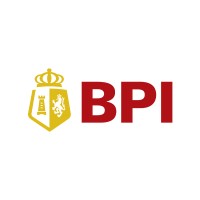
Desjardins
Desjardins Group is the largest cooperative financial group in North America and the fifth largest cooperative financial group in the world, with assets of $435.8 billion as at March 31, 2024. It was named one of Canada's Best Employers by Forbes magazine and by Mediacorp. To meet the diverse needs of its members and clients, Desjardins offers a full range of products and services to individuals and businesses through its extensive distribution network, online platforms and subsidiaries across Canada. Ranked among the world's strongest banks according to The Banker magazine, Desjardins has some of the highest capital ratios and credit ratings in the industry and the first according to Bloomberg News.






